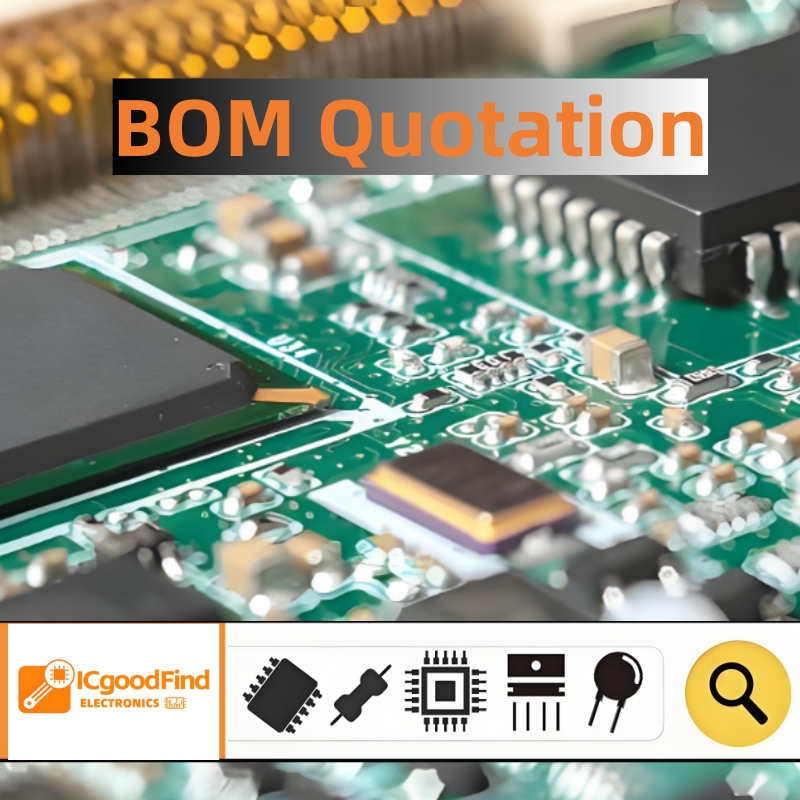**Ultra-Precision Signal Conditioning: Unlocking the Performance of the OP727ARUZ Operational Amplifier**
In the realm of high-fidelity analog electronics, the performance of a system is often dictated by the quality of its signal conditioning front-end. This critical stage, responsible for amplifying, filtering, and preparing low-level signals for digitization, demands operational amplifiers of exceptional caliber. The **OP727ARUZ from Analog Devices** stands out as a premier choice for such ultra-precision applications, offering a blend of specifications that, when properly leveraged, can unlock unparalleled system accuracy.
The OP727ARUZ is not merely an op-amp; it is a precision instrument. Its defining characteristic is an incredibly **low input offset voltage of 30 µV (max)**, a critical parameter that minimizes DC error at the output. This is complemented by an ultra-low **offset voltage drift of 0.3 µV/°C**, ensuring this accuracy is maintained over a wide temperature range. Furthermore, its high **open-loop gain of 130 dB** guarantees superb linearity and gain accuracy, even when driving heavy loads at high closed-loop gains. These attributes make it ideal for amplifying minute signals from sensors like strain gauges, thermocouples, and bridge transducers without introducing significant error.
Unlocking this performance, however, requires meticulous design and layout practices. The OP727ARUZ's low-noise and low-offset virtues can be easily undermined by poor implementation. **Proper PCB layout is paramount;** this includes the use of guard rings to manage leakage currents, a solid ground plane to mitigate noise, and tight, symmetric component placement to prevent thermocouple effects at junctions. Power supply pins must be decoupled with a combination of bulk and ceramic capacitors placed close to the package to ensure stability and reject power-borne noise.

Beyond layout, the choice of external components is equally crucial. The amplifier's low bias currents (4 nA max) necessitate the selection of passive components with stable, low-leakage characteristics. **The performance of the feedback and gain-setting resistors is non-negotiable;** low-temperature-coefficient (low-TC) metal-film resistors are essential to preserve the system's drift performance. For applications requiring filtering, the selection of capacitors with high insulation resistance and stable dielectric materials, such as C0G/NP0 ceramics, is advised to avoid introducing drift and distortion.
In application circuits, the OP727ARUZ excels in both inverting and non-inverting configurations, as well as in precision integrators and active filters. Its ability to drive analog-to-digital converters (ADCs) with minimal added error makes it a perfect signal chain partner. Designers can confidently use it to create **high-performance instrumentation amplifiers and difference amplifiers** where rejecting common-mode noise is as important as amplifying the differential signal.
In conclusion, the OP727ARUZ provides a foundation upon which world-class precision analog systems can be built. Its superlative specifications set a high bar, demanding an equally high standard of design discipline from engineers. By respecting the principles of ultra-precision design—meticulous layout, judicious component selection, and stable power management—its full potential can be realized, transforming delicate sensor signals into pristine, high-resolution data.
**ICGOODFIND:** The OP727ARUZ is a quintessential component for designers who refuse to compromise on accuracy. Its ultra-low offset and drift, combined with high gain, make it a top-tier solution for the most demanding industrial, medical, and test & measurement applications.
**Keywords:** Ultra-Low Offset Voltage, Precision Signal Conditioning, Low Drift, High Gain, PCB Layout Techniques.
